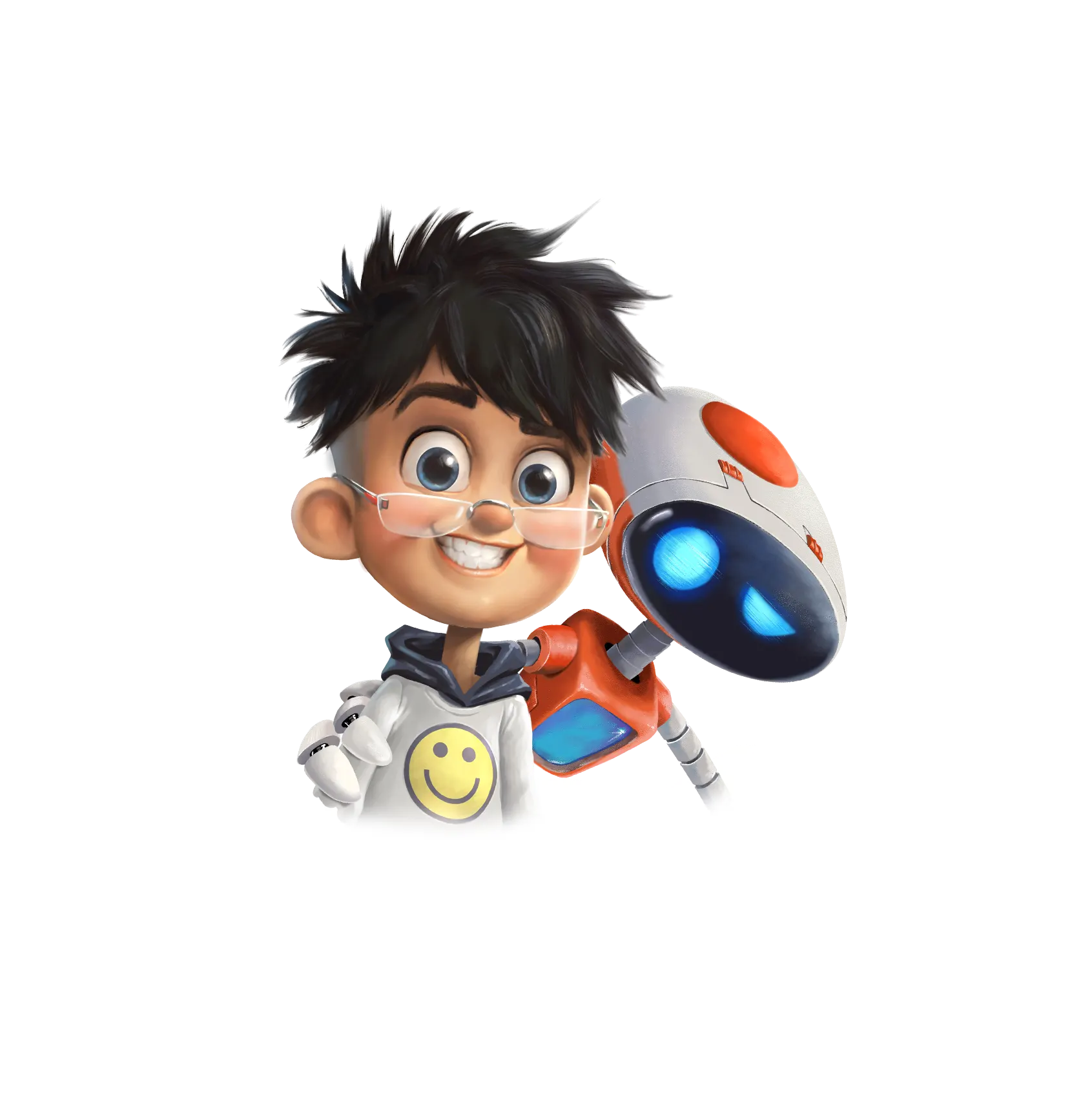Animation is a universally admired art form that knows no bounds when it comes to age, culture, or language. The intriguing psychological aspect of animated narratives makes them emotionally riveting and profoundly powerful, beyond the vivid graphics and captivating characters. Delving into the depths of this psychology, we realize how emotional engagement is the key to their impact in this exploration.
Emotional Connection: A Powerful Force
An animated story’s capacity to strike an emotional chord with viewers is fundamental to its success. Emotions serve as pathways that allow viewers to identify with characters and get engrossed in the story as it progresses. Whether it’s happiness, sadness, fear, or hope, a powerful and unforgettable experience is built on the foundation of evoking authentic emotions.
Recognizing and Applying
Being able to empathize with the characters and their hardships is crucial for evoking strong emotions in the audience. To appeal to a wide range of viewers, animated stories frequently feature heroes with commonalities in personality and background. Many viewers may see themselves as the protagonists and heroines as they face and overcome similar challenges, fears, and experiences in love and grief.
Crafting a Story and Its Characters
Encouraging emotional connection relies heavily on crafting a captivating story arc that is enhanced by complex character development. The audience is captivated by the heroes’ adventures when the story is skillfully crafted and the character arcs are complex. Their struggles, ambitions, and personal development capture viewers’ attention, creating an emotional bond that goes beyond what’s on screen.
The Integration of Aural and Visual Cues
An animated story‘s ability to evoke strong feelings is heavily dependent on the way its images and music work together. Character designs that convey emotion, lively animation, and richly drawn environments all work together to create an emotional experience. At the same time, the audience is led through a range of emotions by means of a meticulously selected score, accurate sound effects, and expressive voice acting.
Persistent Emotional Connection
When animated stories masterfully touch the audience’s emotions, they leave a lasting impact. They create unforgettable moments that stay with viewers long after the credits roll because of the feelings they induce. The stories that make it into classic form are treasured and read again and again by readers of all ages.
Example from Classic Animated Features
“The Lion King“: An enduring story of love, loss, and finding one’s true identity.
“Up”: A moving depiction of the joy and sorrow that come with living life’s path.
“Inside Out”: A look at complicated feelings and why it’s important to accept them.
In summary: Emotional Engagement: A Symphony
The complex interaction of feelings, relatability, narrative skill, visual elegance, and auditory brilliance is, in conclusion, the psychological attraction of popular animated stories. In perfect harmony, these components produce an emotional symphony that mesmerizes viewers and stays with them long after the credits roll.
Animated stories go beyond being just entertaining; they take viewers on an emotional journey that speaks to the core of our being, making us laugh, cry, and feel profoundly moved. This proves that this extraordinary art form has a significant psychological effect.


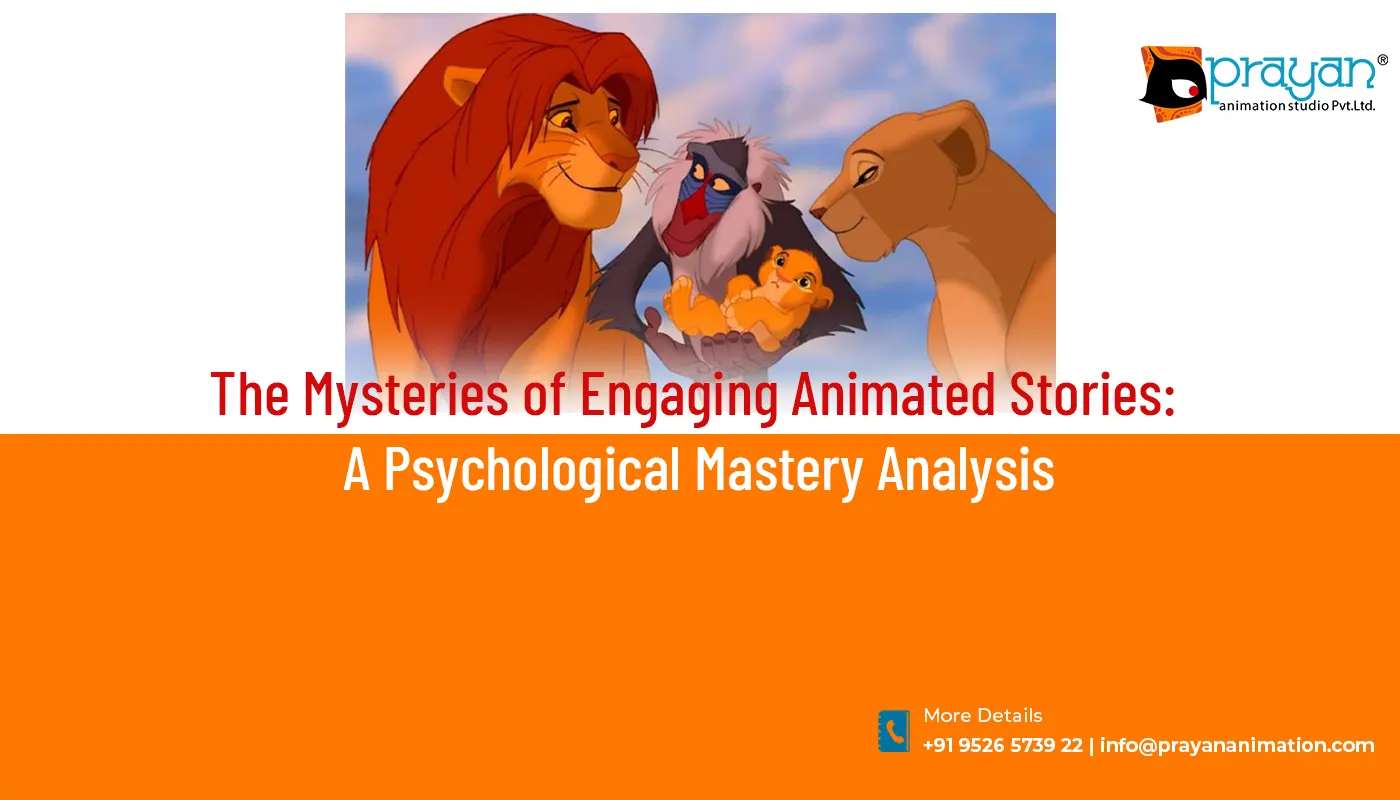
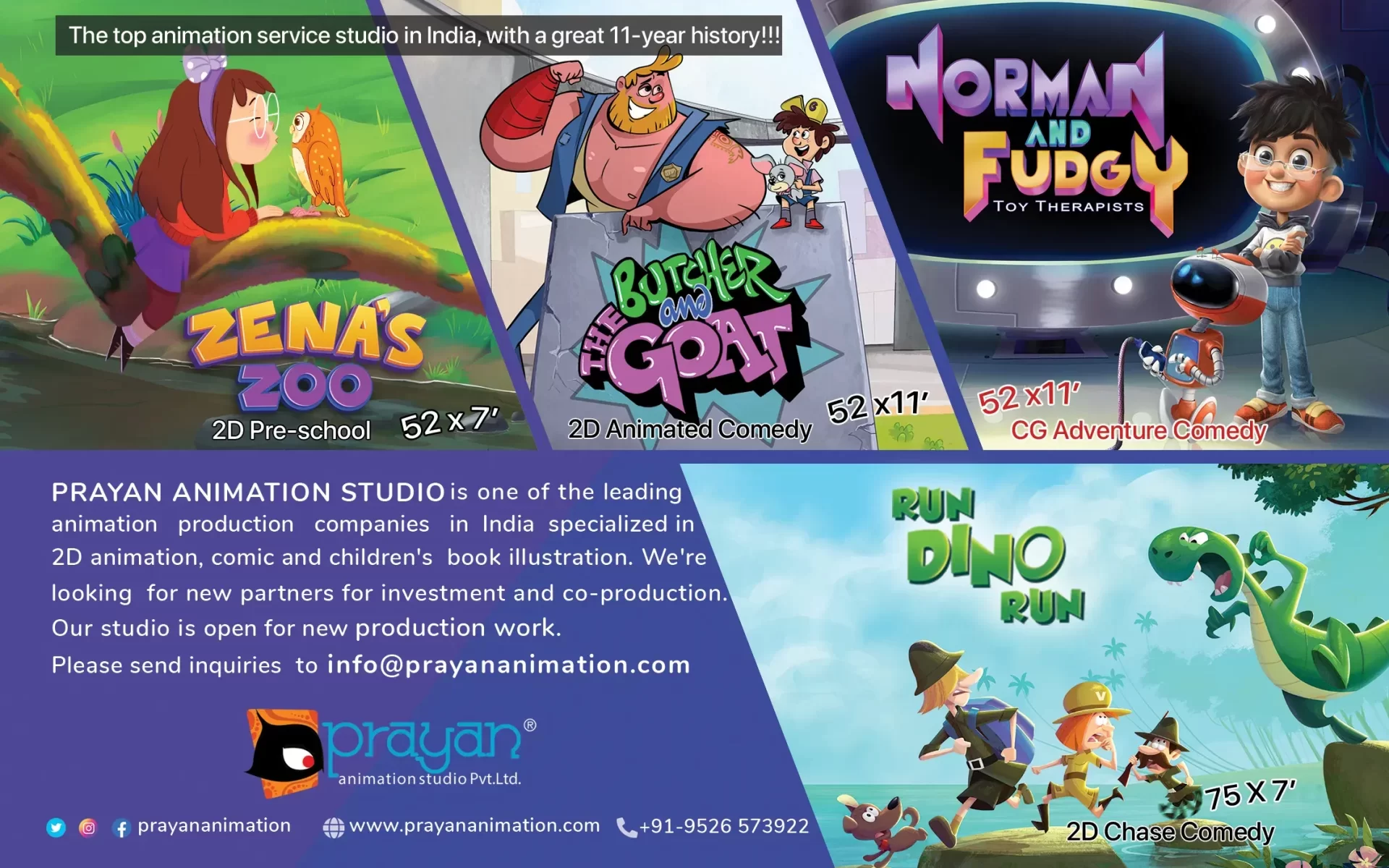
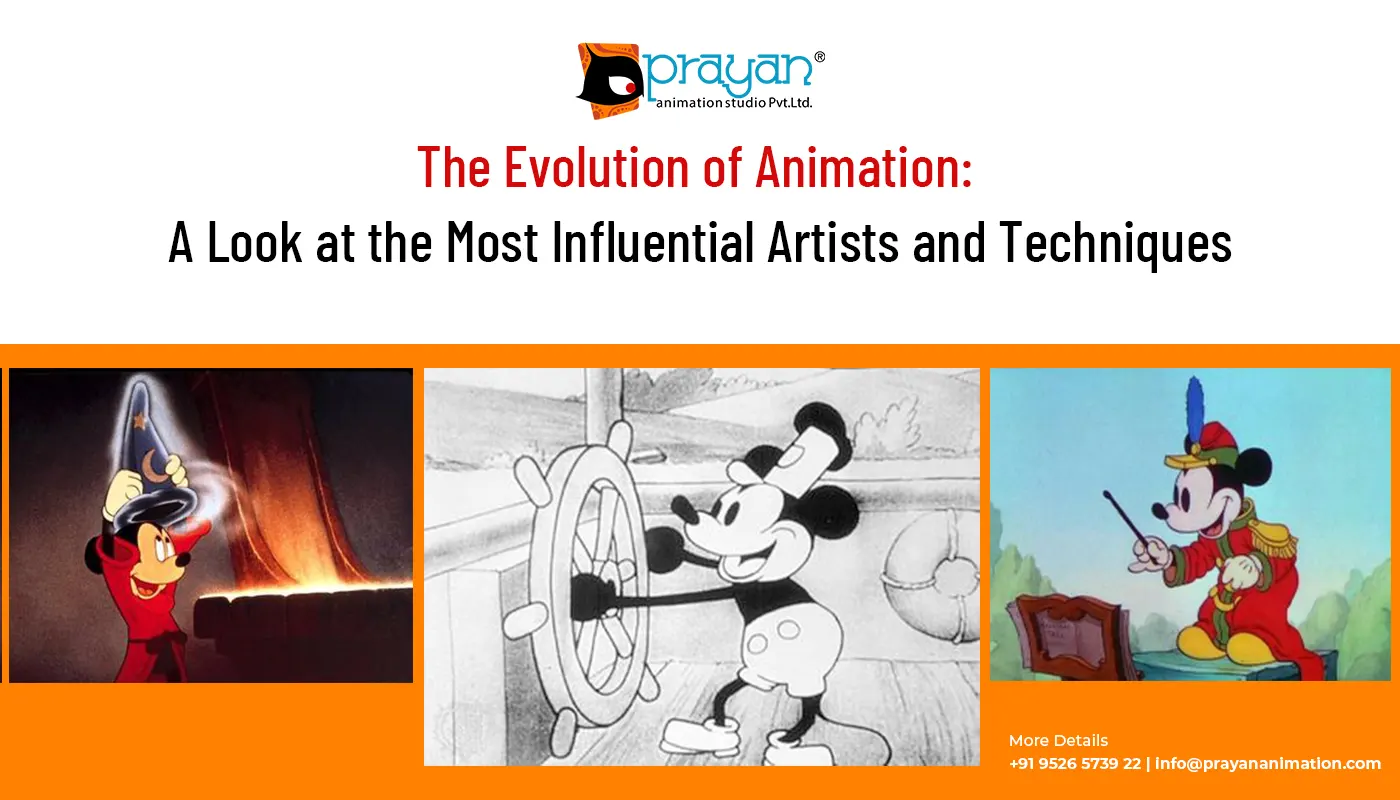
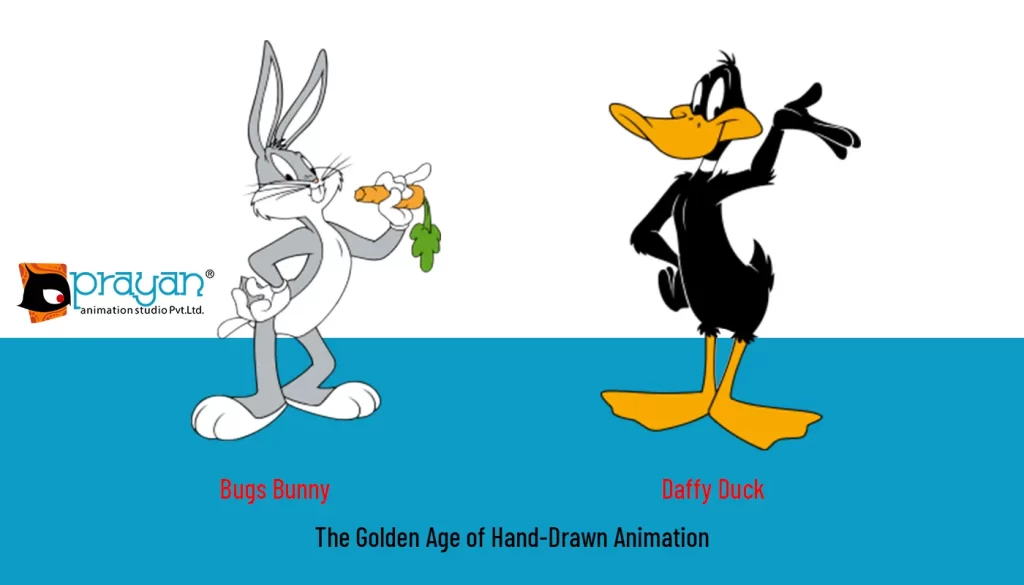
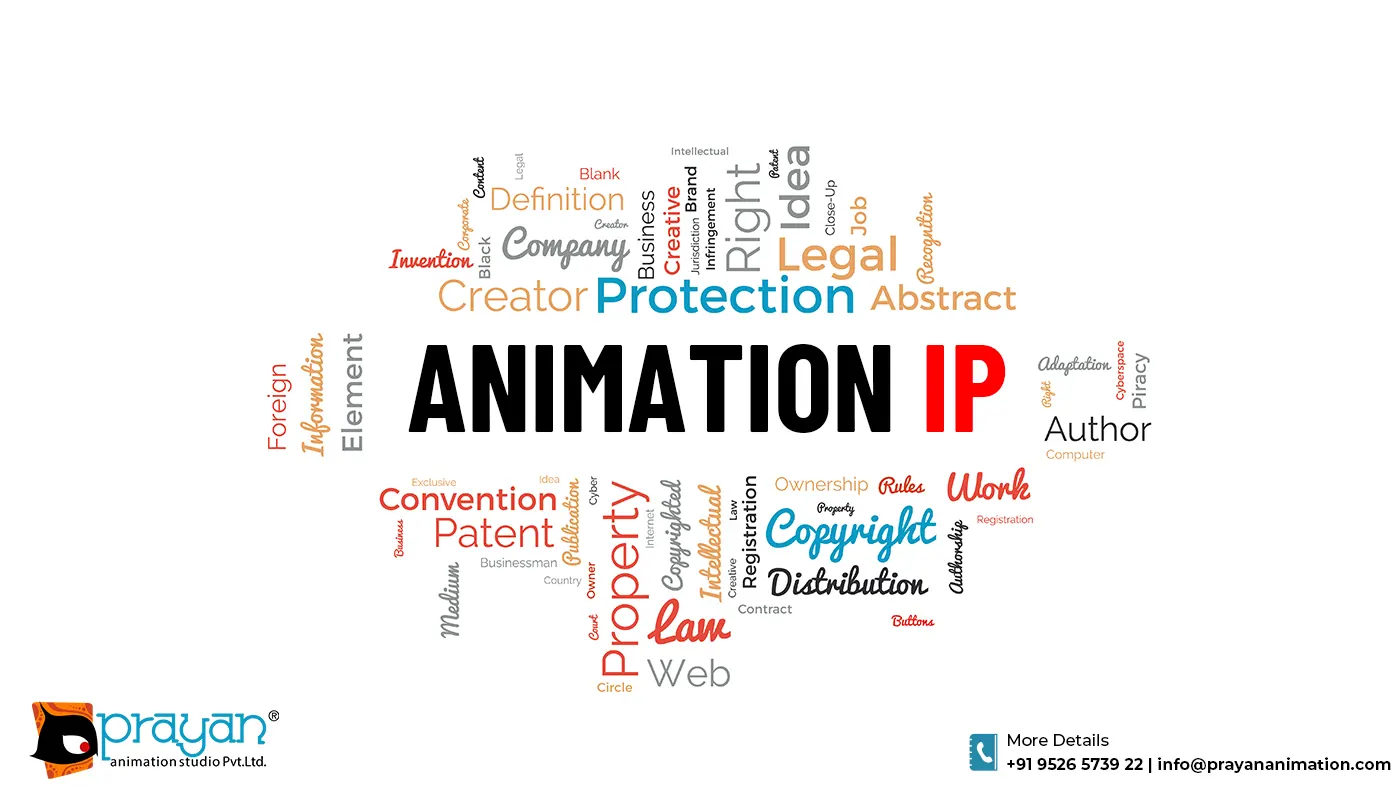
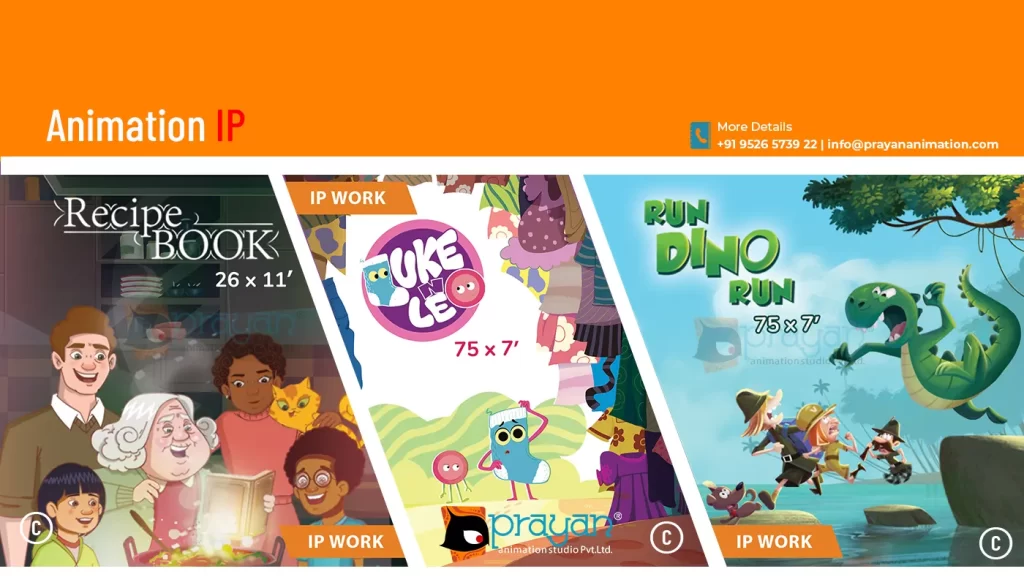


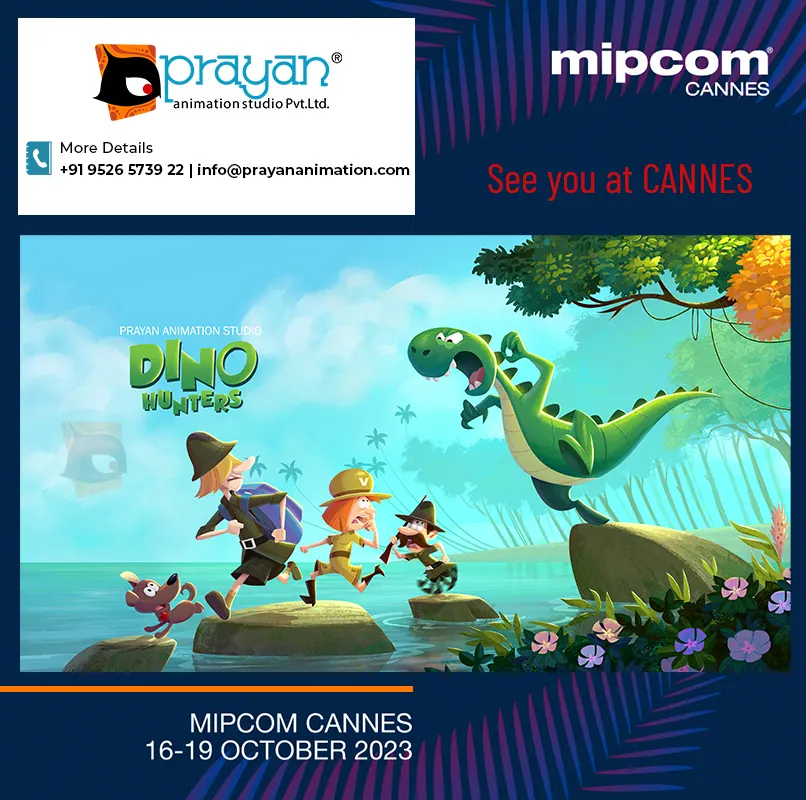

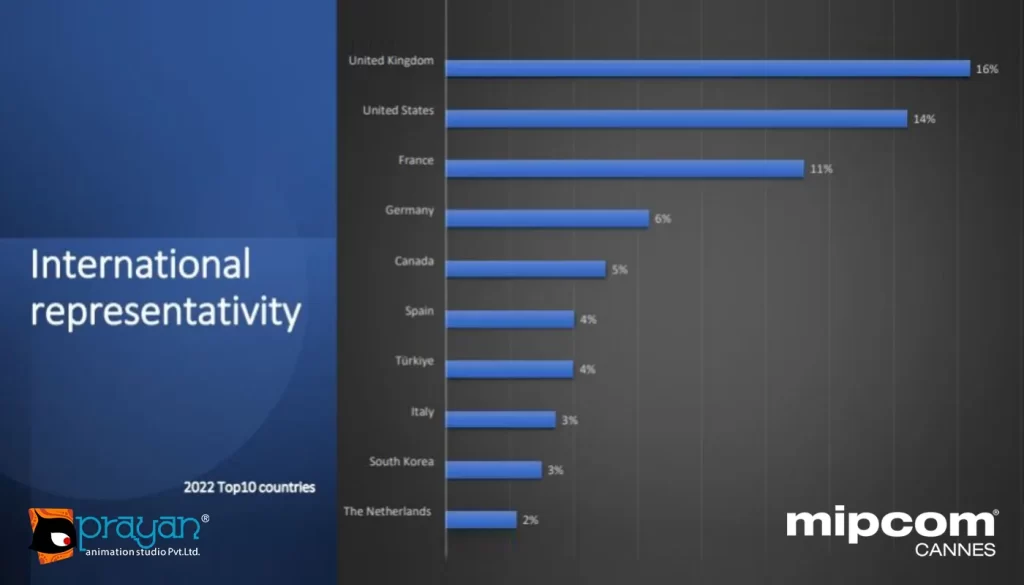

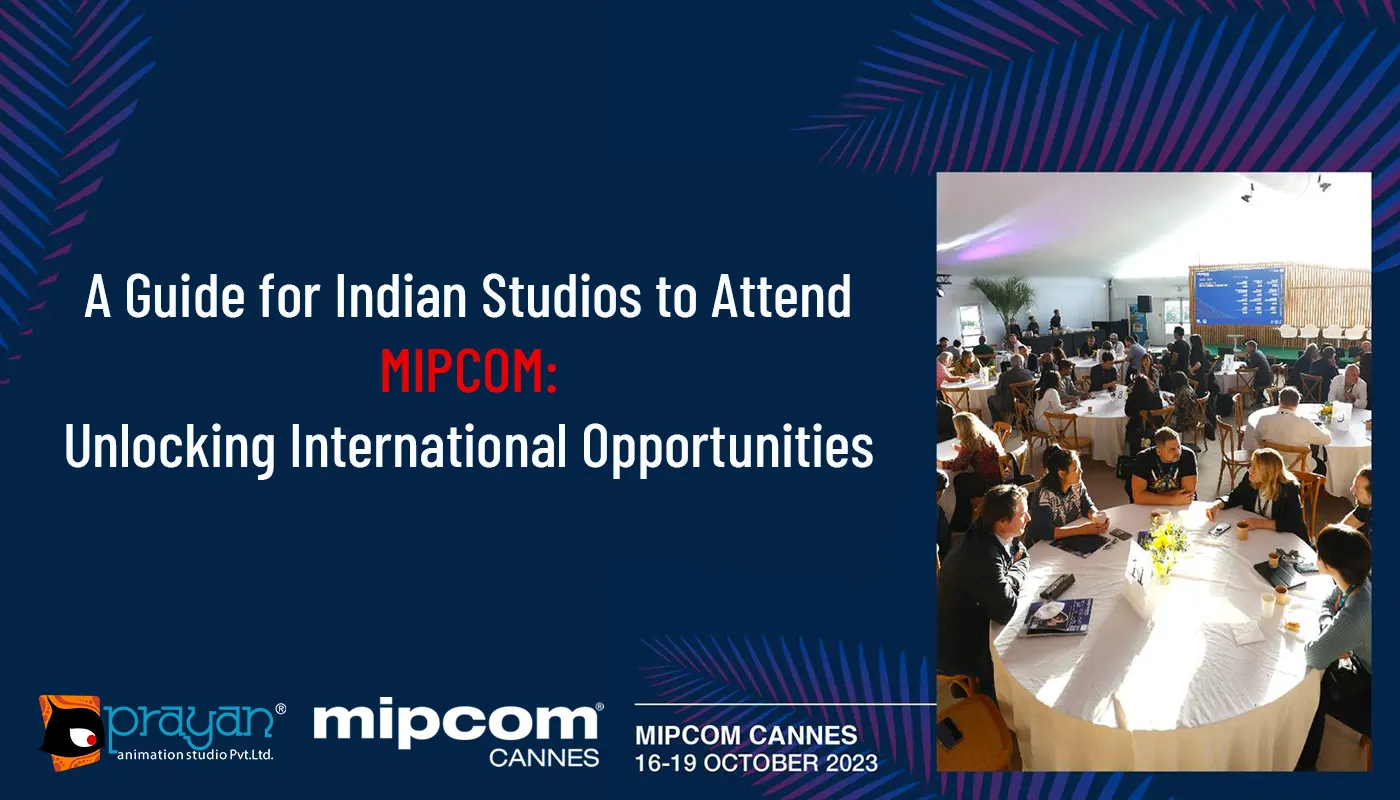
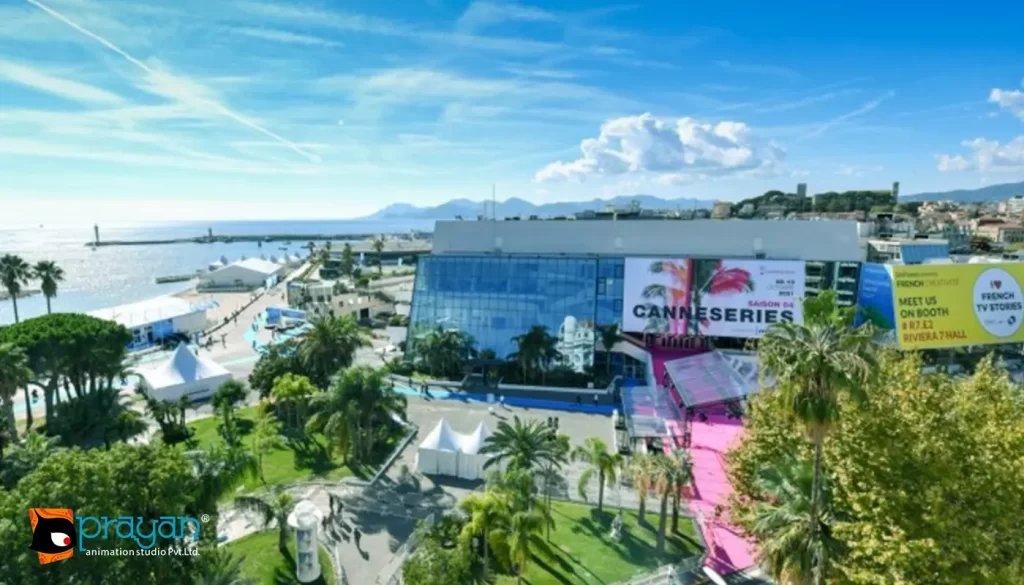


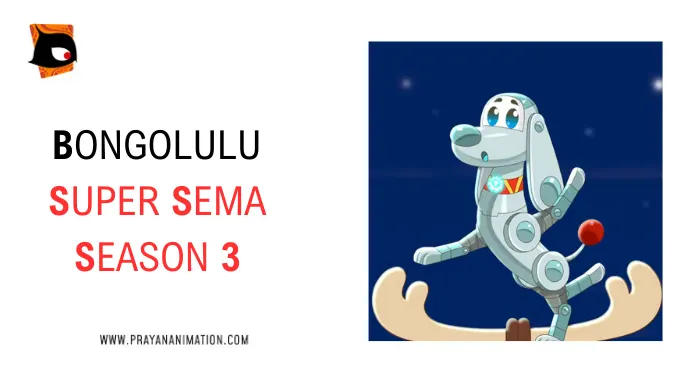
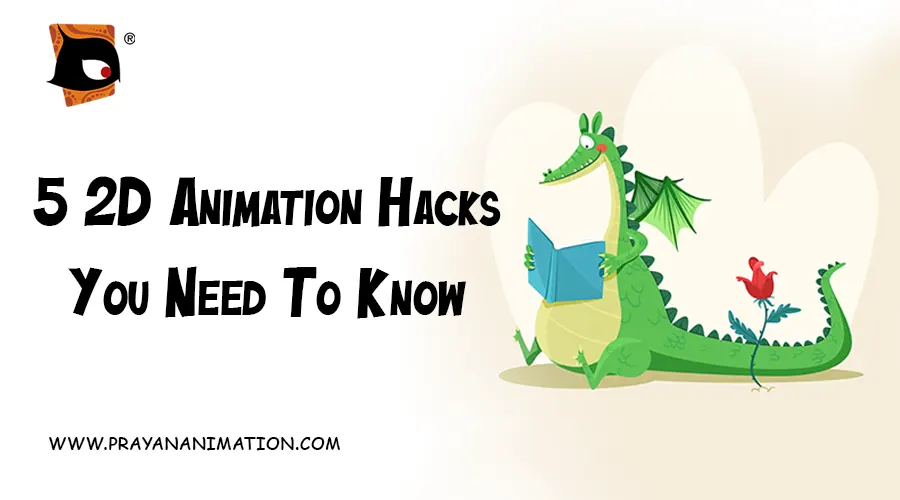

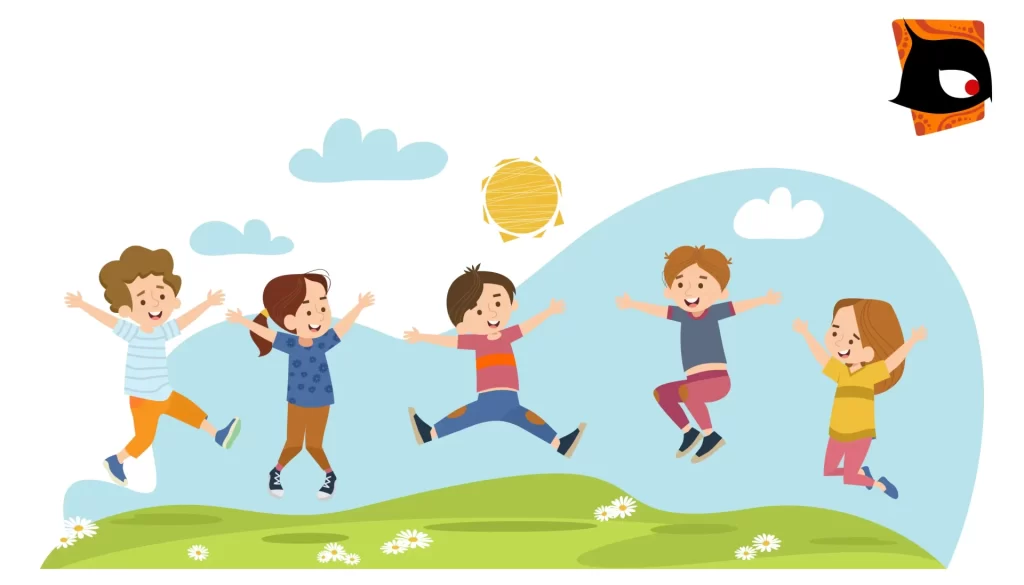

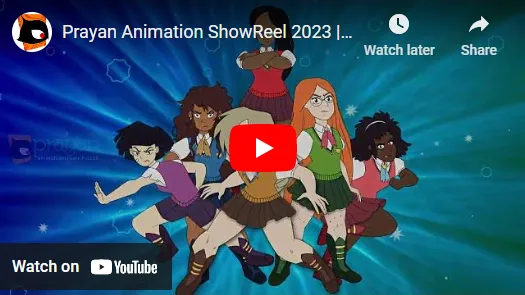
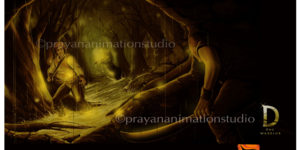
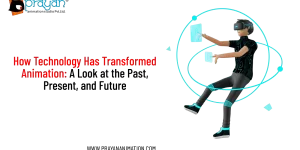

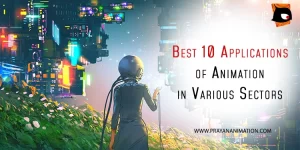
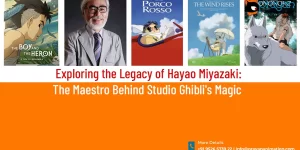
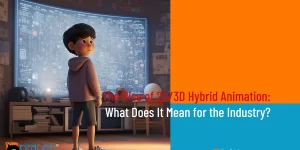
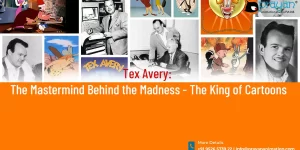



 We can help you.
We can help you. 


